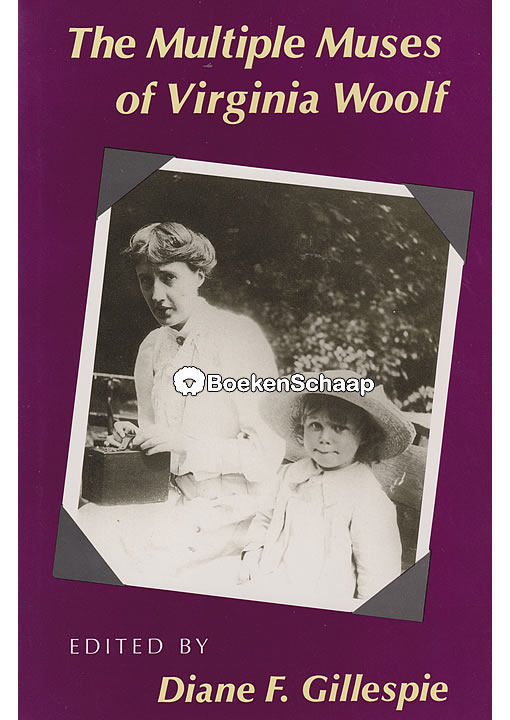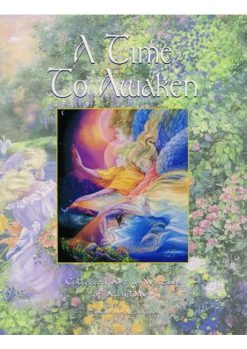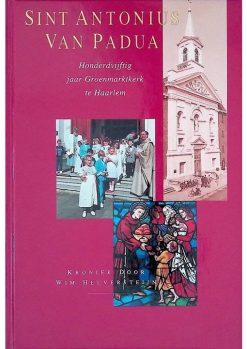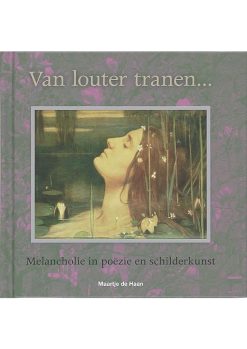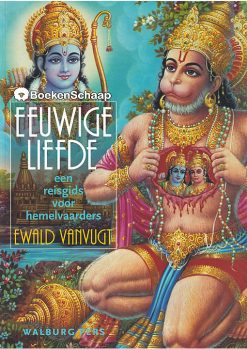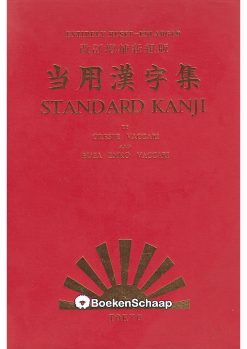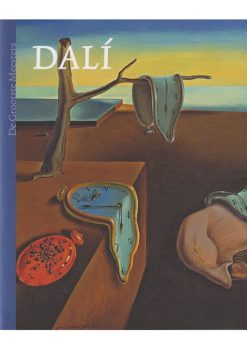The Multiple Muses of Virginia Woolf
€ 19,95
Uitgever: University of Missouri Press
Jaar: 1993
Aantal bladzijden: 273
Conditie: in nieuwstaat
Soort: Tweedehands
1 op voorraad
The Multiple Muses of Virginia Woolf – Diane F. Gillespie
The violation of boundaries between the arts is often cited as a characteristic of modernism. Although Virginia Woolf’s interest in painting is a well-established example, The Multiple Muses of Virginia Woolf offers new insight into the importance of Woolf’s relationship with painters, their theories, and their works. The collection also reveals for the first time the great impact that the arts – photography, cinema, dance, and music – had on Woolf’s writing. In these eight essays Gillespie has brought together some of the most exciting new scholarship in this area to show how similarities and differences among the arts helped Woolf define her own verbal experiments. Receiving formal inspiration, she nevertheless evolved ways to prevent form and, at the other end of the continuum, sentiment, from obliterating general emotion and, to some extent, social commentary. In all these other arts, Woolf found ways to challenge the largely masculine traditions of literature. She also discovered more indirect ways of creating characters in her fiction, particularly in depicting the complexities and ambiguities of ordinary people. As much as the volatility in the art world of her day excited her, however, and as much as the limitations of language sometimes frustrated her, Woolf consistently asserted the primacy and inclusive nature of her literary art. This collection of essays, which provides unique insight into the Bloomsbury Group, will be of interest to all readers of Virginia Woolf’s fiction and to students of modernism as well.
Gerelateerde boeken
Kunst en Cultuur
Marloes de Hooge
€ 12,50Kunst en Cultuur
Alan Cohen, Ali Miner
€ 6,50Kunst en Cultuur
Wim Helversteijn
€ 4,95Kunst en Cultuur
Barbara Baert, Gerard Rooijakkers, Michael Lomax
Kunst en Cultuur
Maartje de Haan
€ 3,95Kunst en Cultuur
Henk Schulte Nordholt, Lambert van der Aalsvoort
€ 3,95Kunst en Cultuur
Elke Linda Buchholz, Erik Draaijer, Heleen Silvis
€ 1,95Kunst en Cultuur
Ewald Vanvugt
€ 3,95Kunst en Cultuur
Wim Huijser
€ 4,95Kunst en Cultuur
Elisa Enko Vaccari, Oreste Vaccari
€ 9,95Kunst en Cultuur
Edward L. Shaughnessy
€ 3,95Kunst en Cultuur
Constantino Porcu
€ 3,95
